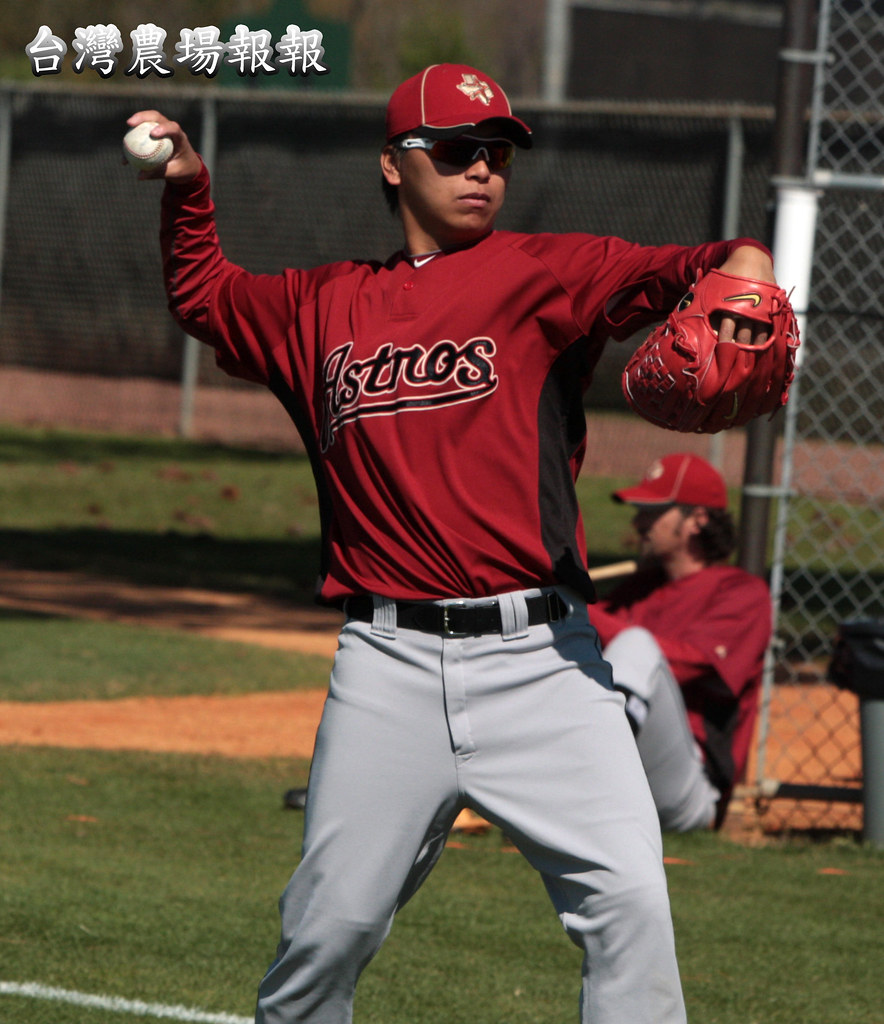 Pitching prospects are notoriously difficult to evaluate since they are prone to large variations in performance as well as serious injuries. Nevertheless we can outline some major traits that can help us to identify the best pitching prospects. We will also examine which statistics obscure our evaluation of pitching prospects and how they can often hurt more than help.
Pitching prospects are notoriously difficult to evaluate since they are prone to large variations in performance as well as serious injuries. Nevertheless we can outline some major traits that can help us to identify the best pitching prospects. We will also examine which statistics obscure our evaluation of pitching prospects and how they can often hurt more than help.
Wins and losses
Out of all the traditional pitching statistics wins and losses comes the closest to telling you absolutely nothing about the the ability of the pitcher. Take two pitchers with identical ERAs, one has a W-L record of 20-6 and the other has a record of 6-20. Which pitcher would you say is better? From my point of view they are essentially the same pitcher because they gave up the same number of runs. The number of wins and losses is due to factors completely beyond the pitcher's control such as the quality of the offense on his own team as well as how often his own bullpen blows potential wins. Wins and losses are more reflective of luck and overall team ability rather than individual ability.
BABIP
I've covered this in my analysis of Hung-Wen Chen but the main point is that pitchers have no control of where batted balls land. Batting average of balls in play (BABIP) measures the batting average of balls put into play and about a decade ago analysts realized that BABIP averages around .300 and can vary wildly from year to year. This goes against conventional wisdom since we would like to think that dominating pitchers induce weak contact. However, a quick look at the BABIP of top pitchers shows that their BABIP average don't differ from the average pitcher and have large fluctuations from year to year. Thus, if a pitcher is lucky one year with a BABIP around .250 he might see around a one run reduction of his ERA, enough to make a average starter into a star. However, the next year he might be unlucky and see his BABIP balloon to .350, increasing his ERA by a run, and turning him from star to 5th starter. BABIP essentially accounts for the luck of the pitcher and the quality of the defense behind him (good defenses turn potential hits into outs) and must be consulted in order to rule out the role of luck in a pitcher's performance
Strikeouts, walks and homers
These three traits are most within a pitcher's control and are not as subject to luck as the above stats. The ability to strikeout hitters demonstrates the dominance of a pitcher. A strikeout means that a batter did not put a ball in play and gain a 30% chance of it falling in for a hit. Similarly, fewer walks mean fewer batters reach base. Home runs also turn out to be repeatable skill. We can think of this as way to measure a pitcher's hittability. Pitchers who often throw the ball down the middle of the plate or pitch with little deception or movement are prone to give up lots of home runs.
If you take a pitchers strikeouts, walks and homers you can predict his expected ERA based on an average BABIP, also known as fielding independent pitching FIP. FIP strips out fielding and luck and is more reflective of a pitcher's true talent level. Minorleaguesplits.com tracks both BABIP and FIP of all current minor leaguers.
Next time I'll talk about some of the physical traits important in evaluating pitchers.

 Pitching prospects are notoriously difficult to evaluate since they are prone to large variations in performance as well as serious injuries. Nevertheless we can outline some major traits that can help us to identify the best pitching prospects. We will also examine which statistics obscure our evaluation of pitching prospects and how they can often hurt more than help.
Pitching prospects are notoriously difficult to evaluate since they are prone to large variations in performance as well as serious injuries. Nevertheless we can outline some major traits that can help us to identify the best pitching prospects. We will also examine which statistics obscure our evaluation of pitching prospects and how they can often hurt more than help.


















